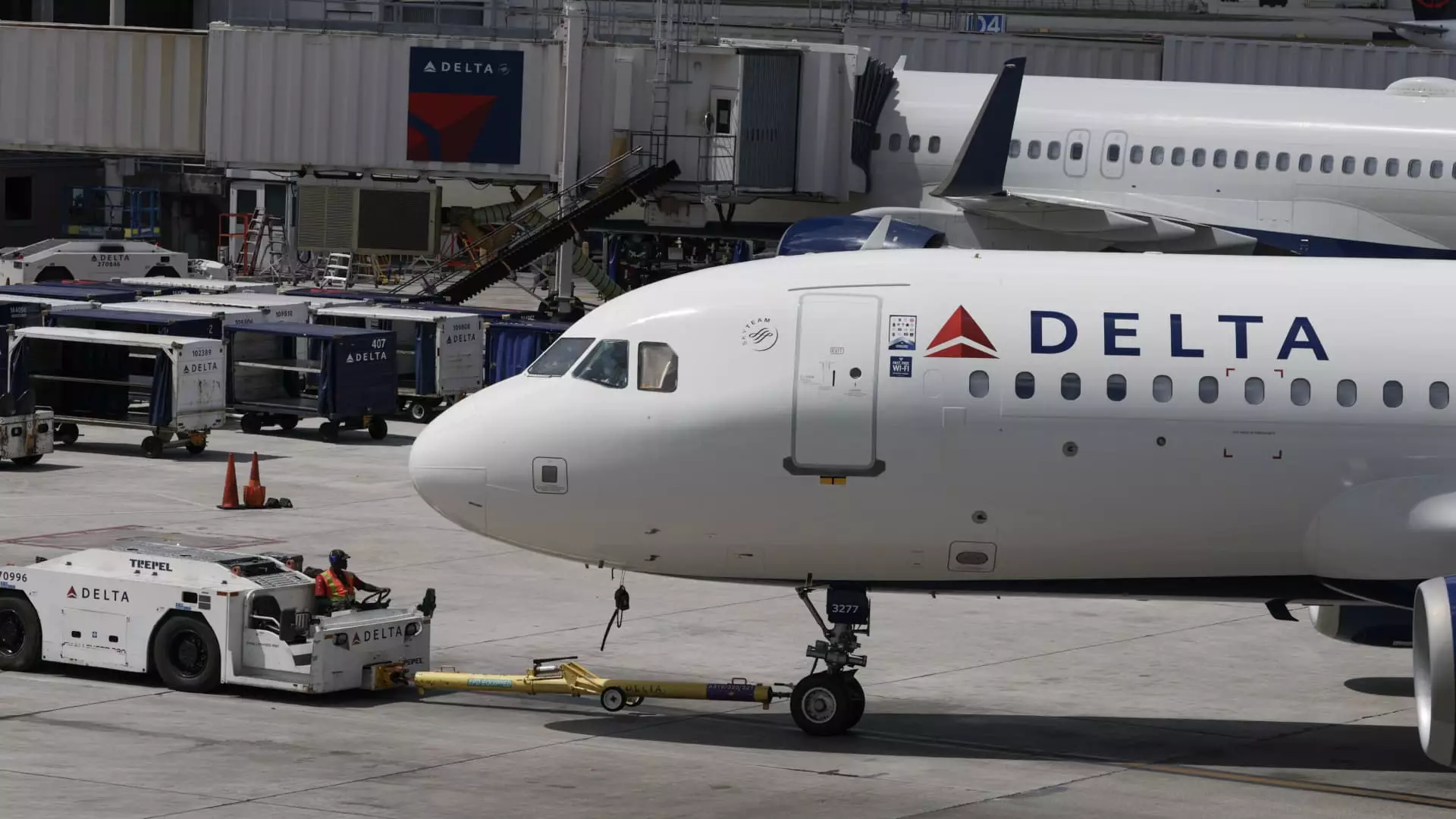The recent surge of the S&P 500 back to record heights appears, on the surface, as a triumphant recovery—a testament to resilience and a hallmark of a booming economic landscape. Yet, beneath the glossy veneer of new highs lies an unsettling reality: a substantial portion of the market’s constituents are still grappling with the scars of the recent downturn. The stark contrast between the broad index’s performance and the struggling individual stocks reveals a market that is more fragile than it seems at first glance. For investors who have been lulled into complacency by the euphoric ascent, this divergence should serve as a warning: the rally is yet another illusion of strength—one carefully curated by optimism rather than genuine economic fundamentals.
The surge of over 25% from the April lows is undoubtedly impressive, and history will likely record it as one of the sharpest rebounds in recent memory. But a closer look at the distribution of returns since 1927 shows a pattern—after such vigorous recoveries, the road ahead often turns treacherous. Many stocks have yet to reclaim their prior highs, and some are languishing well below, casting doubt on the sustainability of this rally. It’s increasingly clear that even as the market’s headline indices hit record levels, the market-wide health remains patchy, driven more by a handful of dominant sectors than a broad-based recovery.
The Air of Discontent: Airlines as a Case Study
Among the battered sectors, airlines paint a particularly telling picture. Despite their potential to rebound alongside the economy, they continue to underperform significantly. For example, Delta Air Lines, a bellwether of the sector, remains more than 25% below its February peak. This persistent underperformance begs the question: are the market’s optimistic valuations justified? Interestingly, the price-to-earnings ratio for Delta and its peers has slipped toward the lower end of a two-year range—perhaps suggesting that the market is dismissing these stocks as undervalued—yet, this undervaluation may be purely functional rather than fundamental.
Why are airlines lagging despite the broad rally? One potential cause lies in oversupply—airlines are expanding capacity at a pace faster than demand can justify. With most U.S. carriers increasing domestic seat capacity more aggressively than the growth of the Gross Domestic Product, competition for customers intensifies. This race to grow may lead to fare pressure, eroding profit margins rather than boosting revenue. Fuel costs, historically a significant expense, have dropped, offering some relief. But the benefits may be offset by rising labor costs, which are expected to climb by 7% annually. These mounting wage pressures could deeply undercut any gains realized from lower fuel prices.
The nuanced details—the increase in operating costs per available seat mile excluding fuel—highlight just how delicate the airline profits are. Cost increases in wages and other expenses threaten to sap any potential gains from the falling fuel prices. Furthermore, the market is signaling increased volatility; options markets are pricing in a 7% earnings move after upcoming earnings reports and a potential 12% swing over the subsequent weeks. This level of uncertainty underscores just how fragile the current optimism is.
Market Overconfidence and the Impending Storm
What is most troubling about this scenario is the disconnect—investors, buoyed by the recent rally, are increasingly betting on a continued upward trajectory, even as underlying economic sector forces suggest otherwise. For example, strategic bets—such as calendar spreads—indicate a belief that while the market might remain volatile, the downside risk is being underestimated. The strategy mentioned, involving options on the airline sector, reflects an awareness of the potential for a correction that traders are reluctant to fully price in.
This optimism, while perhaps rationalized by the recent lows, betrays a fundamental overconfidence in the resilience of the current rally. Historically, sharp recoveries often precede sharp downturns, especially when economic fundamentals do not support such lofty valuations. The complacency embedded in today’s market sentiment—where broad indices soar while select sectors remain weak and indicators hint at overbought conditions—is a dangerous game to play.
As the rally persists, the question no longer is whether the market will continue climbing but whether it will withstand the inevitable correction. The signs of systemic fragility are evident, and unless recent improvements translate into sustainable growth, the risks of a 12% plunge in value are mounting. This is a market that has conditional optimism—dependent on factors that may rapidly shift, exposing investors to significant losses as reality reasserts itself over false hope.

